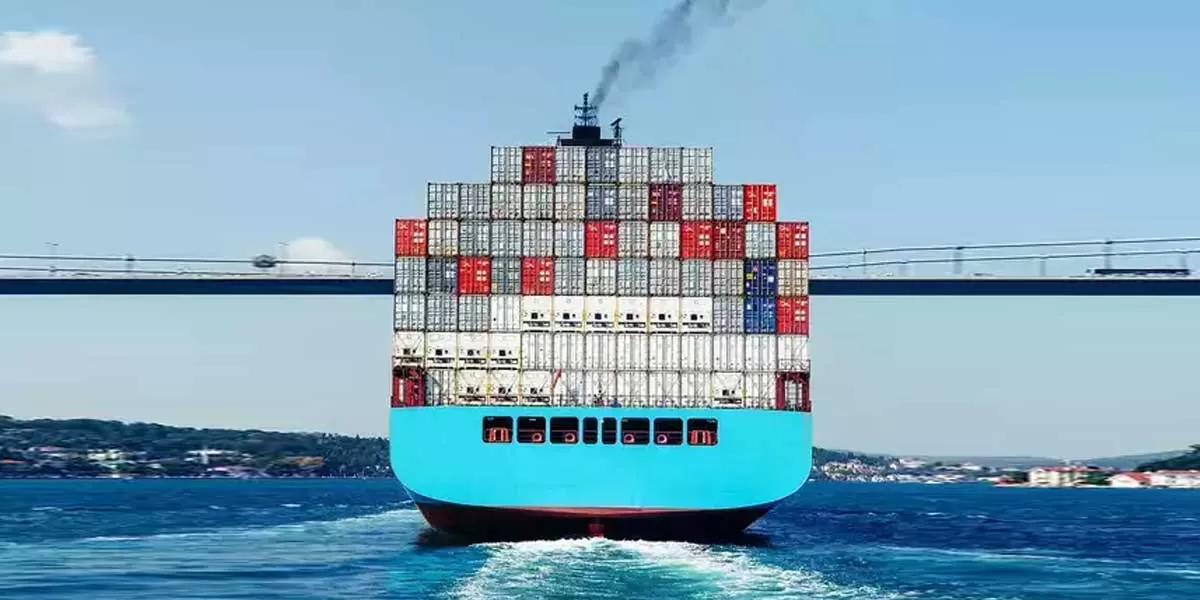India’s Exporters Face Freight Challenges

These reductions are partly due to the conclusion of the Christmas season cargo rush, where large volumes of goods were shipped in advance to meet Western market demands. Consequently, the cargo flow has slowed, easing space constraints on ships. However, concerns loom over a possible U.S. longshoremen strike in October, which could disrupt supply chains, creating container shortages and driving freight rates back up. Exporters are anxious about potential delays and space issues if this strike proceeds.
Shipping lines argue that while container shortages are reported, the situation is returning to normalcy, though not yet fully resolved. During the pandemic, the global supply chain was disrupted, causing a surge in demand for containers and shipping space, which drove prices higher. With the pandemic-induced boom over, rates were declining until geopolitical tensions, such as the Houthi attacks, caused shipping lines to reroute through the Cape of Good Hope, temporarily increasing freight rates.
Looking ahead, the introduction of new container ships with a cumulative capacity of 2.4 million TEUs in 2024 may add significant capacity and exert downward pressure on freight rates. However, uncertainties such as U.S. tariffs, global political tensions, and potential strikes will continue to impact global shipping and trade routes.
